Thousands of pilgrims and tourists flock to Tibet to circumambulate Mt Kailash and Mansarovar Lake. The Kailash Mansarovar Yatra is a holy trek for people of many faiths – Hindus, Bons, Jains, and Buddhists. Kailash Mansarovar is to these faiths as Mecca is to Islam. It is believed that the founders of these four religions meditated and resided here once. Mount Kailash is considered a very sacred place and also considered as the center of the universe by Hindus and Buddhists. One of the other reasons why Mt Kailash is considered as holy is because it is the source four main rivers in Asia namely Brahmaputra (Tsangpo), Indus, Ganges (Karnali), and Sutlej.
Why We Visit Mount Kailash and Lake Mansarovar During Full Moon?
Visiting Mt. Kailash and taking a dip in Mansarovar Lake is considered as the ultimate goal to show one’s faith. Many believe that taking a dip in the lake on a full moon day washes away the sins of their current and past 100 lives. Doing a Kora around Mt Kailash during the full moon is considered very auspicious. Walking around the lake 108 times is said to be the way to attain Nirvana in Hindu faith. It takes about three days to complete one Kora around the lake. The beauty of the lake under the full moon is also another reason to visit the lake during the full moon.
Mount Kailash Full Moon in 2018 & 2019
Full Moons in 2018
2nd January, 31st January, 2nd March, 31st March, 30th April, 29th May, 28th June, 28th July, 26th August, 25th September, 25th October, 23rd November, 23rd December.
Full Moons in 2019
21st January, 19th February, 21st March, 19th April, 19th May, 17th June, 17th July, 15th August, 14th September, 14th October, 12th November, 12th December.
Highlights of Kailash Mansarovar Trek
Potala Palace – This World Heritage Site and museum was once the winter palace for Dalai Lamas. It is located at an altitude of 3,700m in the center of Lhasa. The palace is not only known for its history, but also for its architectural beauty. During the night, Potala Palace glows with beauty and elegance.
Jokhang Temple and Barkhor Street – Jokhang temple, founded in the 7th century, is famous for the statue of Buddha Sakyamuni it houses. The architecture style is a mix of Indian, Tibetan, and Nepalese. Considered as the ‘spiritual center of the city’, you can see pilgrims walking around the temple in the famous Barkhor Street. You can join the pilgrims or explore the old market.
Tibetan Tea and Culture Show – Don’t miss tasting the local tea in the local tea houses. Visit the local art centre and enjoy the traditional Tibetan dance show in the evening.
Drepung and Sera Monastery – Drepung and Sera are two of the three great Gelugpa sect monasteries in Tibet. Founded by one of Tsongkhapa’s disciples, Drepung Monastery has one of the biggest monastery kitchens. Sera Monastery is famous for the Monk Debates they conduct between 3:00 pm and 5:00 pm. You can see printing house, rock paintings, and sand mandalas.
Everest Base Camp – Trekking to the foot of the daunting and magnificent Mt Everest can be an exciting adventure in itself. The base camp in Tibet is located at an altitude of 5, 150m. Staying overnight in the base camp and seeing the sunrise and sunset from the highest monastery in the world, Rongbuk Monastery, is a must to do activity there.
Mount Kailash – Mount Kailash is the highest mountain of the Kailash range. It is considered as a holy mountain by people of Jain, Hindu, Buddhism, and Bon faiths. Many followers make it a point to do a Kora around Mount Kailash at least once in their lifetime.
Choku/Nyari Monastery – There are five monasteries surrounding Mount Kailash and Choku Monastery is one of them. It stands on the side of La Chu at an altitude of 4,820m. The main attractions in the monastery are a stone statue of Buddha Opame, silver embossed teapots and conch shells, and a thangka image of Choku Rinpoche.
Drirapuk Monastery – It is one of the five monasteries on the course of Kailash Kora. Drirapuk Monastery is at an altitude of 4,950 m. This monastery also serves as a resting place for pilgrims, there are food and basic accommodation facilities.
Zutulpuk Monastery – Standing at an elevation of 4,790m, this monastery is about 11kms from the starting point of the Kora. The accommodation facilities in this monastery are better than Drirapuk Monastery.
Selung Monastery – Standing at an elevation of 5,000m this monastery is located close to inner Kora route. This monastery has served and continues to serve as a place for pilgrims to rest and meditate. Trekking a few hundred meters from here, you can see the natural swastika formed by ice cracks on the south face of Mt Kailash.
Gyangzha Monastery – Located at an altitude of 5,075m, this monastery is the oldest and most important monastery in the Mt Kailash region. Established during the 13th century, this monastery has some interesting architecture and many old relics and statues.
Lake Mansarovar – Lake Mansarovar is located near Mount Kailash at an elevation of 4,590m. It is a holy lake and pilgrims believe taking a dip in this lake would wash away sins of present and past life. You can camp by this beautiful lake and watch sunset and sunrise over Mount Kailash.
Lake Rakshastal – Lake Rakshastal is located to the south of Mount Kailash and west of Lake Mansarovar. River Sutlej originated from this lake. Lake Rakshastal is not religiously significant like Lake Mansarovar, it still as beautiful and as magnificent as Lake Mansarovar.
Chiu Monastery – Located on a cliff overlooking Lake Mansarovar, ‘Chiu’ means sparrow. This monastery has winding old stairs and lead to a fairy tale like set up. The views of the lake and looming Mt Kailash are amazing from the platform in this monastery.
Tirthapuri Hot Springs – This is the final destination for pilgrims and tourists after completing the Kora. Apart from hot springs, there is a monastery, rows of chortens, and prayer wheels. There is a karma testing hole where you can check your Karma. You have to pick up two stones from the hole and white stones signify good Karma and black stones signify bad Karma.
Guge Kingdom – It is located in the Ngari region and about 18 km from Zanda valley. There is so much to explore in this ruins and the main attraction of the ruins are the temples and palaces where murals and statues still stand today. Don’t forget to take a flashlight when you go to explore these beautiful ruins.
Classic Itinerary of Kailash Mansarovar Full Moon Tour
Day 1: Arrival at Lhasa
Day 2: Exploring Lhasa – Potala Palace, Jokhang Temple, Barkhor Street
Day 3: Exploring Lhasa – Sera Monastery and Drepung Monastery
Day 4: Lhasa to Shigatse via Gyantse
Day 5: Shigatse – Tashilunpo- Saga
Day 6: Saga – Lake Mansarovar
Day 7: Mansarovar – Zanda Valley (Guge Kingdom)
Day 8: Guge – Tsabrang
Day 9: Transfer to Darchen
Day 10: Kailash Kora first day (4,920m)
Day 11: Kailash Kora second day (5,600m- 4,800m)
Day 12: Kailash Kora third day (4,500m) (rest in Paryang)
Day 13: Paryang – Tingri
Day 14: Tingri – Everest Base Camp and Rongbuk Monastery
Day 15: Rongbuk – Shigatse
Day 16: Shigatse – Lhasa
Day 17: Departure from Tibet
>> Check the details of 17 Days Kailash Manasarovar Full Moon Tour & Guge Kingdom Exploration
Documents Needed for Kailash Mansarovar Pilgrimage
First, documents needed for entering Tibet are Chinese visa to enter China and Tibet Travel Permit (TTP) to enter Tibet. TTP is issued by Tibet Tourism Board and is enough only to explore Lhasa, to explore and visit Mt Kailash and other surrounding regions you need to get Alien’s Travel Permit, Foreign Affairs Permit, and Military Permit. These permits are issued by other parts of the government. You can attain these documents through Tibet Vista. All you have to do is send electronic copies of asked identification documents to use. The permit documents for Kailash Kora will be arranged in 15- 20 days.
The situation is a little bit different for Indian pilgrims. The Tibet permits for pilgrims have to be cleared and issued jointly by Foreign Affairs Office of Tibet Autonomous Region (TAR), Public Security of TAR, Armed Police Tibet Frontier Corps, and Tibet Military Region. Indians on pilgrimage tour cannot go anywhere outside of the Kailash region.
Packing List
1) Warm clothes – Thermal wear, down jackets, mufflers, woollen hand gloves, socks, cotton t-shirts, comfortable shorts and pants for walking long hours.
2) Sunglasses with UV layer protection and hats.
3) Sun screen lotion and moisturizer to protect your skin.
4) Umbrella for shade or in case of rain, walking stick or hiking sticks for support while walking.
5) Rain coats and water resistant backpacks.
6) Small bags to carry your essentials and torch light with extra batteries.
7) All the required medicines for altitude sickness and any other general medication. Keep a small first aid kit with you at all times. Carry small oxygen tanks in case of shortness of breath.
8) Wear quality shoes for long Kora treks and keep sandals with you for evenings and resting periods.
9) Carry your own sleeping bags (water resistant and suitable for the temperature) if you are camping through the trek.
10) Carry dry fruits, chocolates, energy bars, and similar snacks for instant energy.
You don’t necessarily have to be the follower of any of the above-mentioned faiths to take up this trek. Mt.Kailash trek is for anybody and everybody. Experience the religion and beliefs of people from different parts of the world in a unique way.
.jpg)



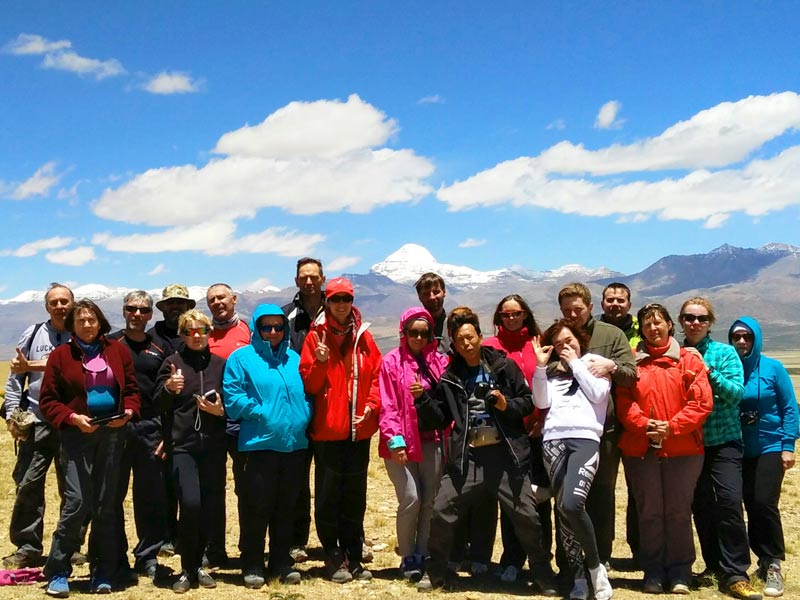
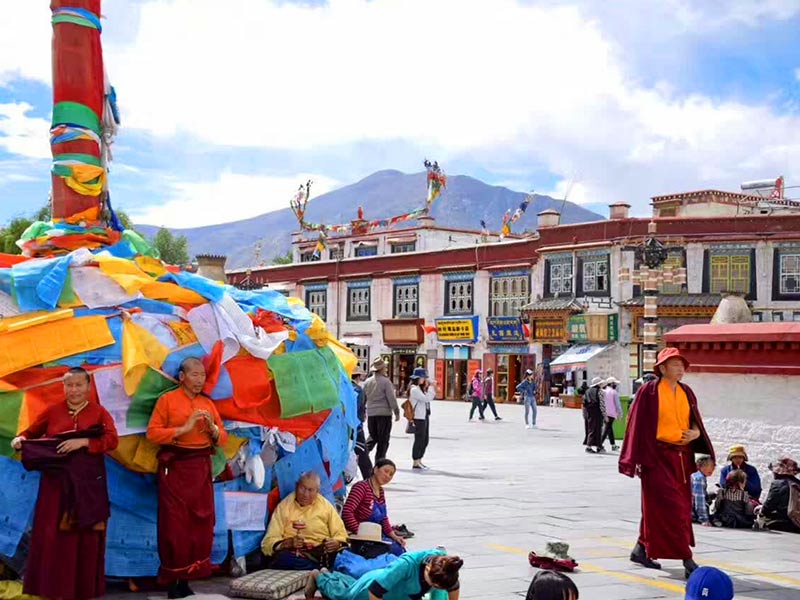
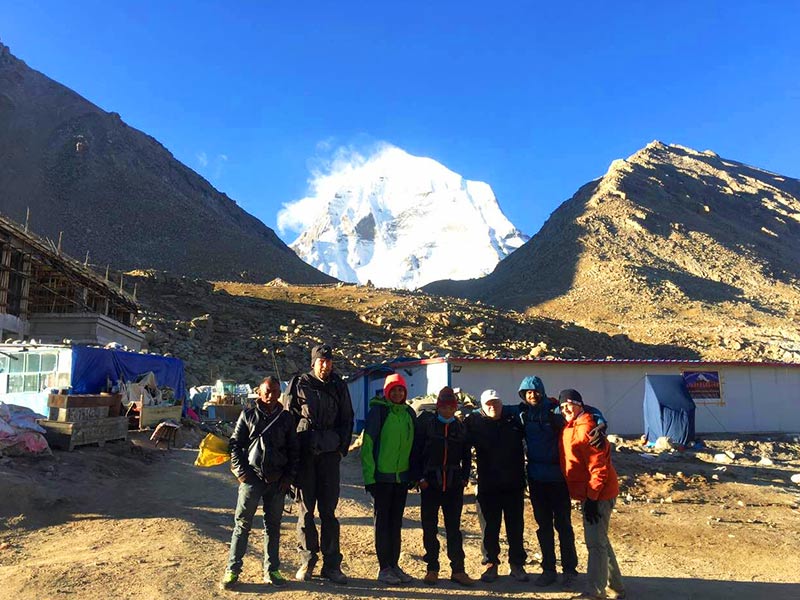
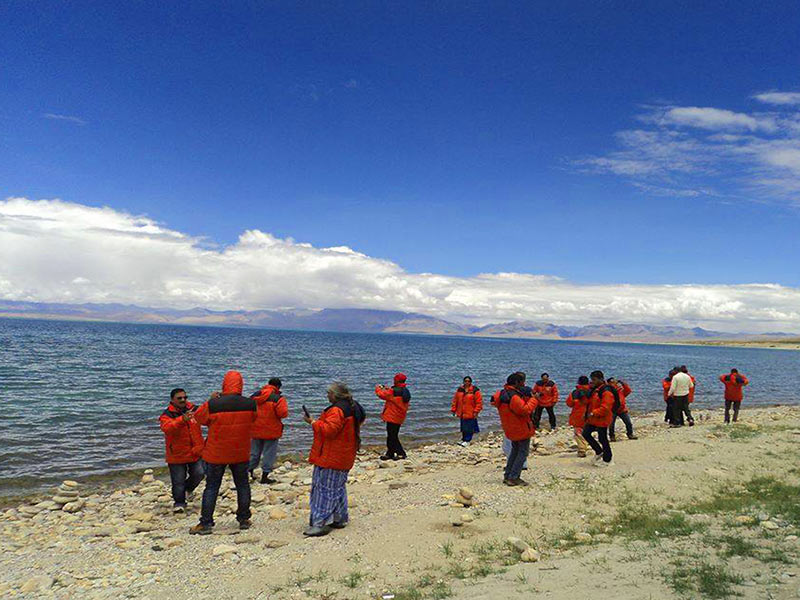

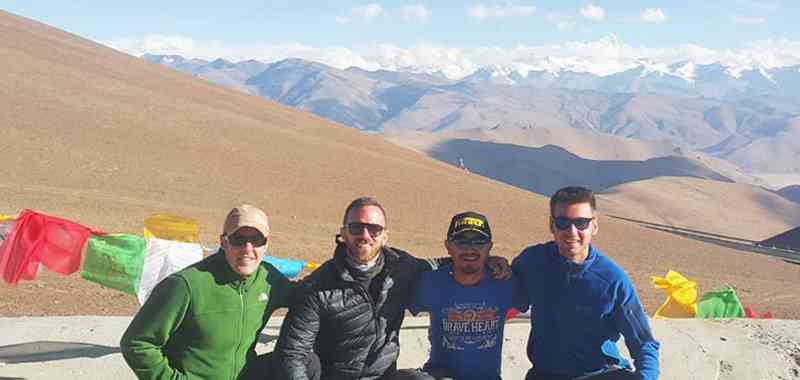
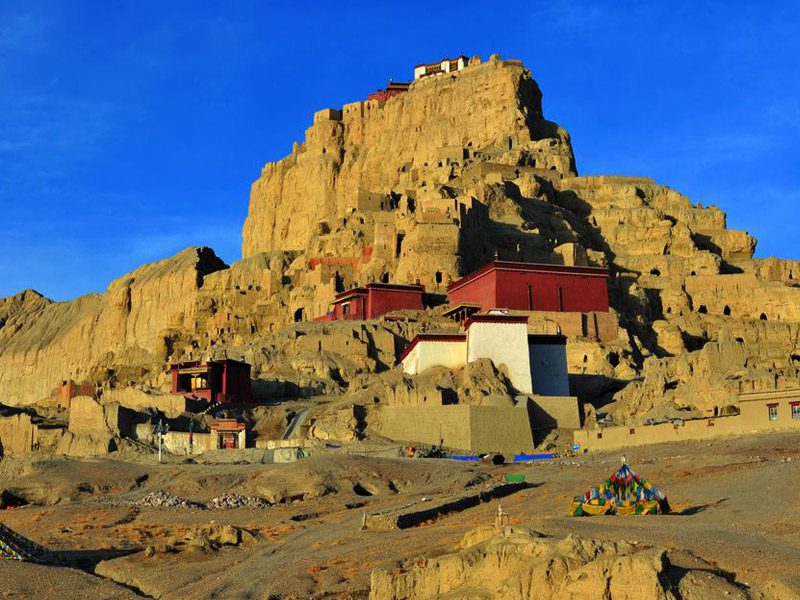
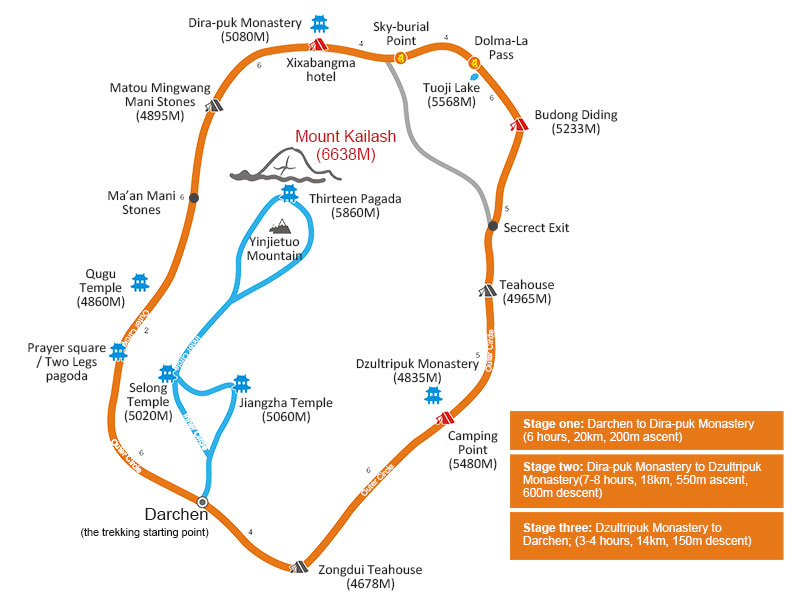

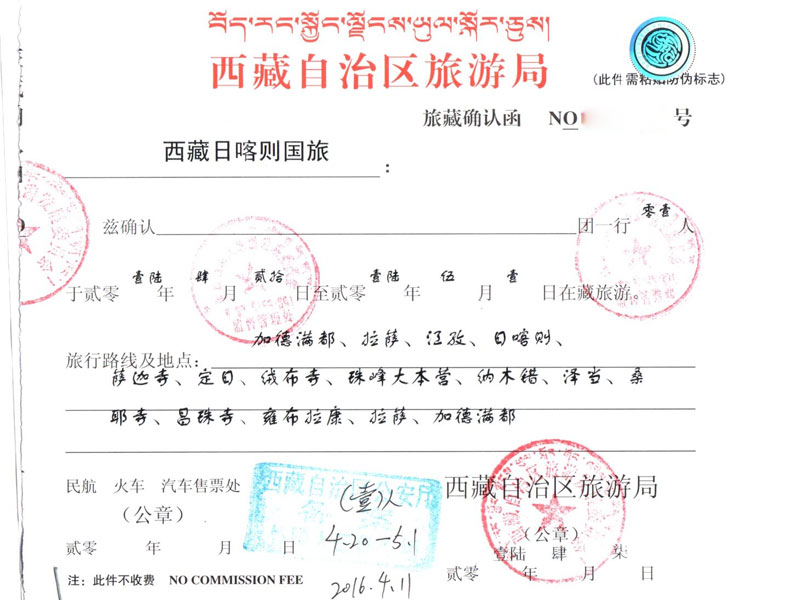
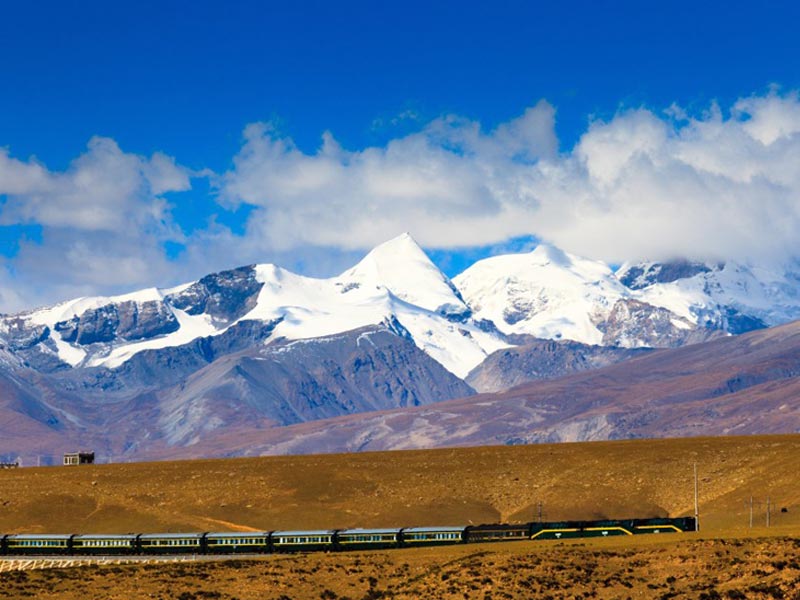
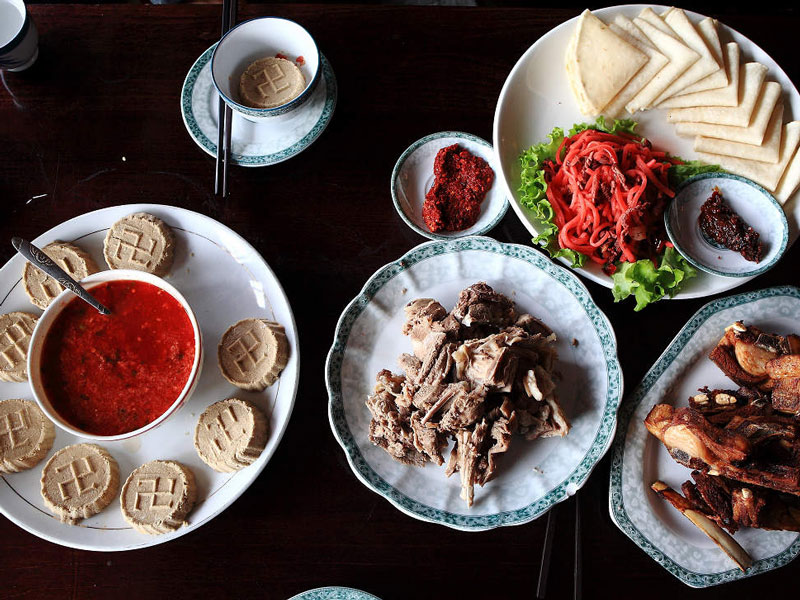
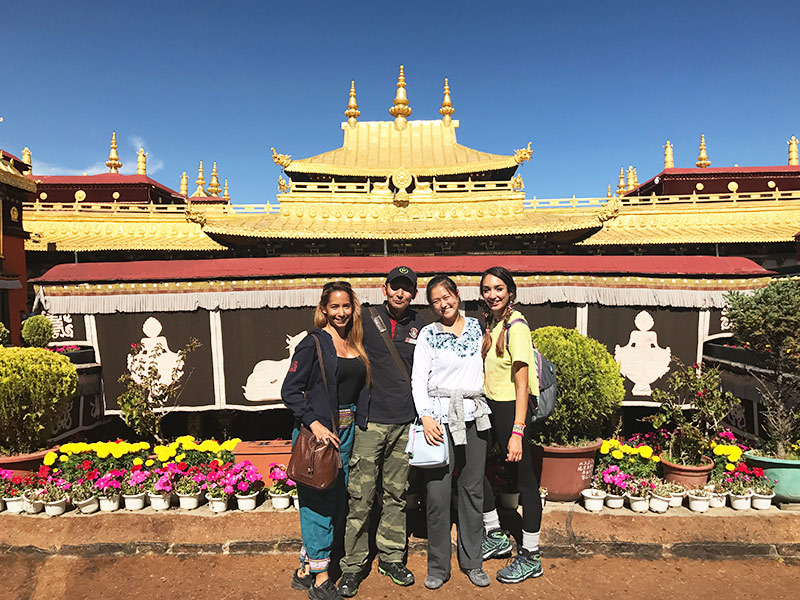
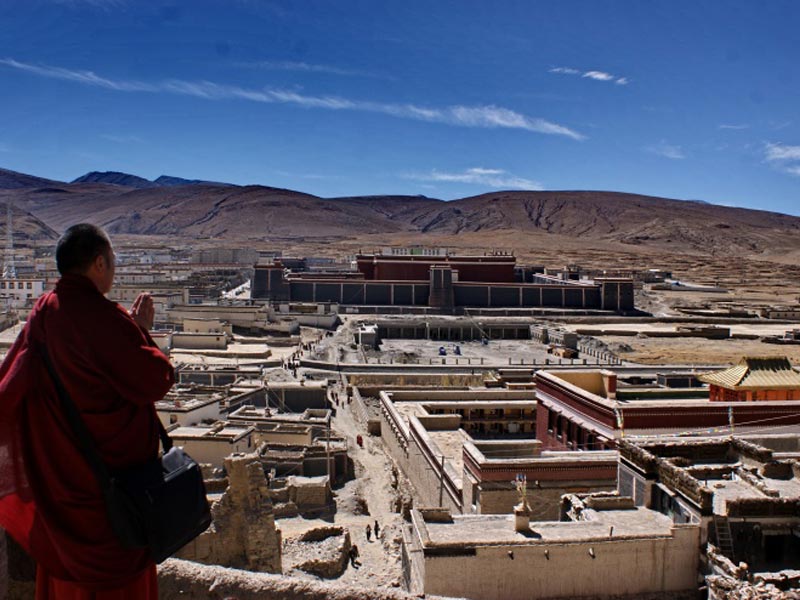

0 Comment ON "Full Moon Kailash Mansarovar Yatra"